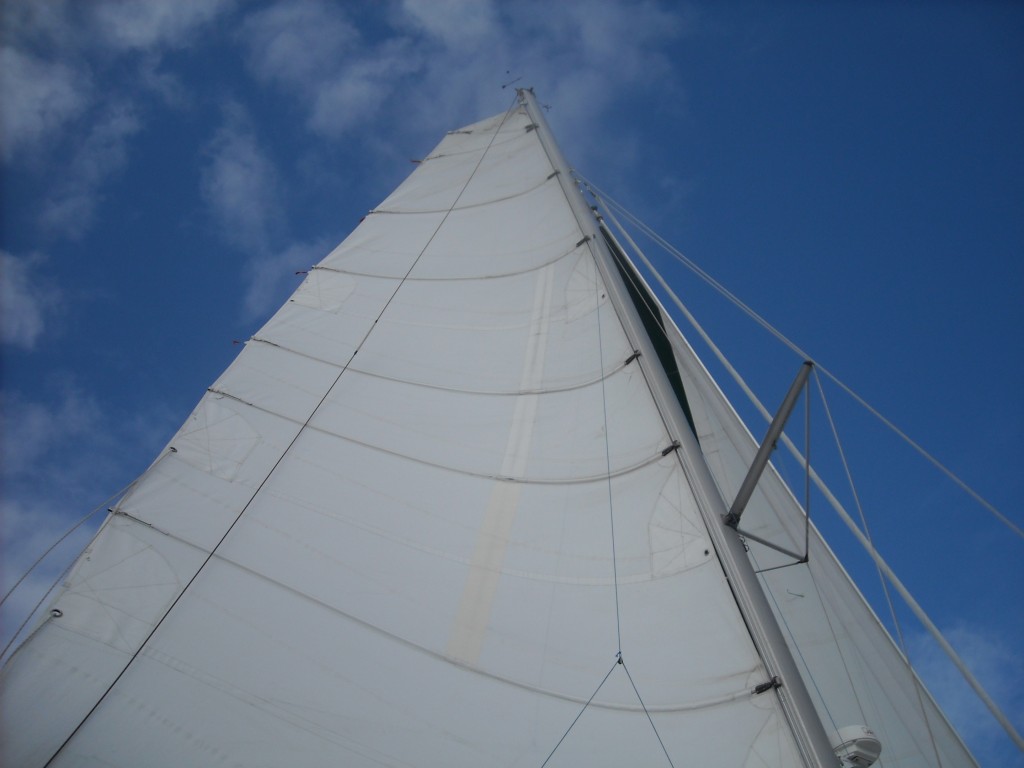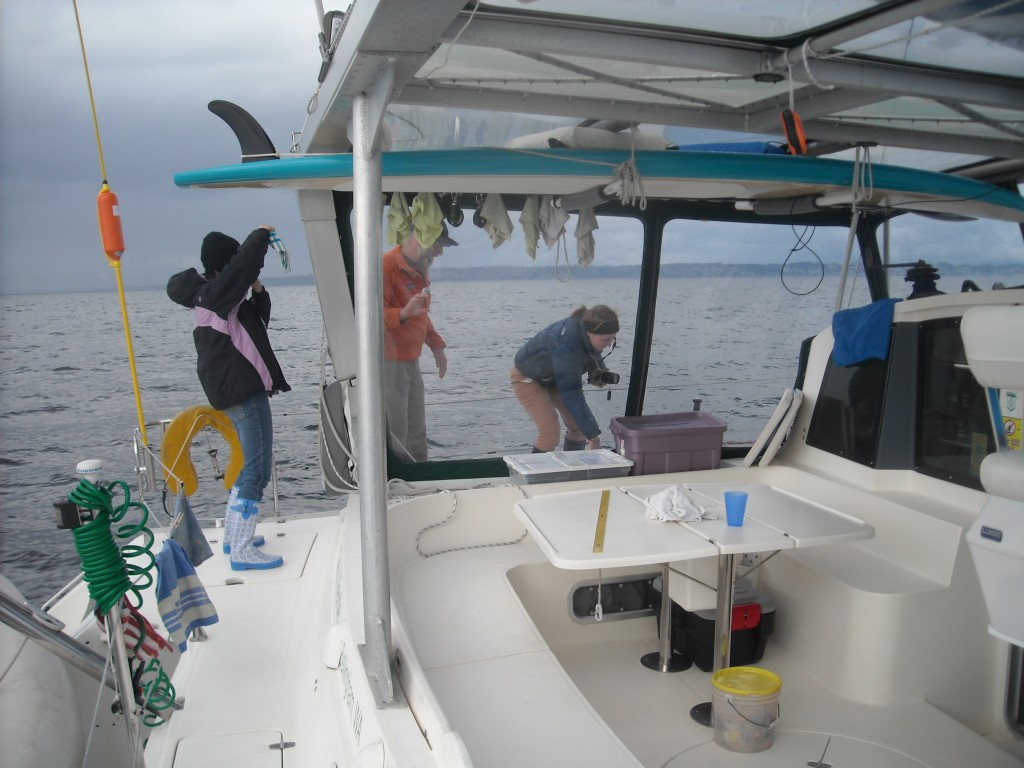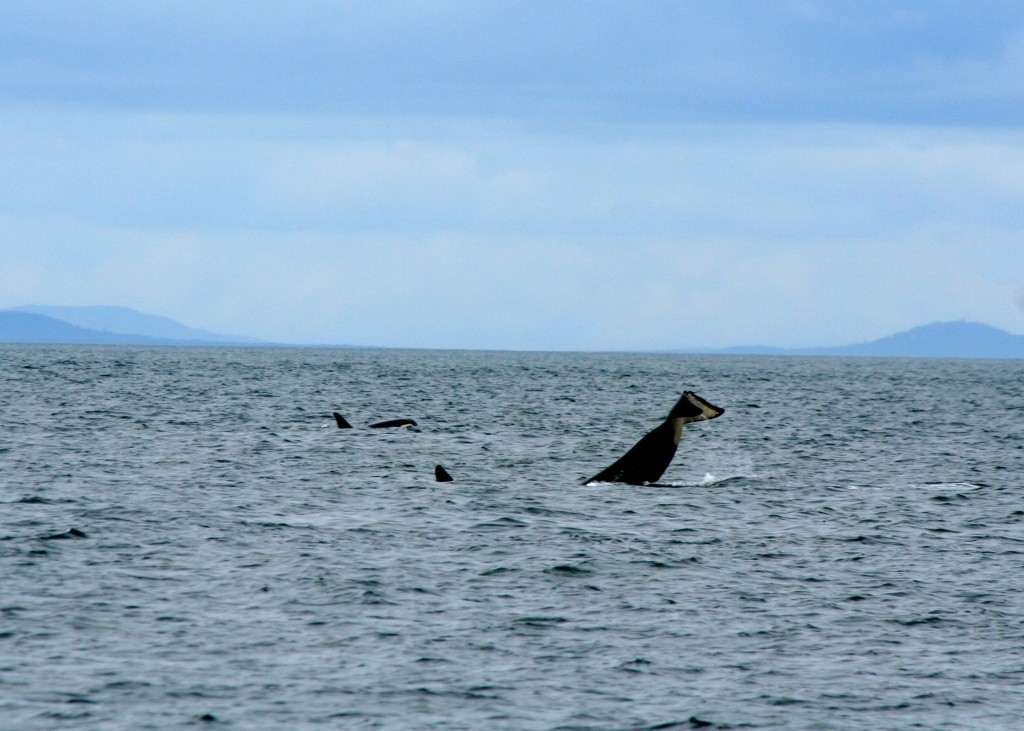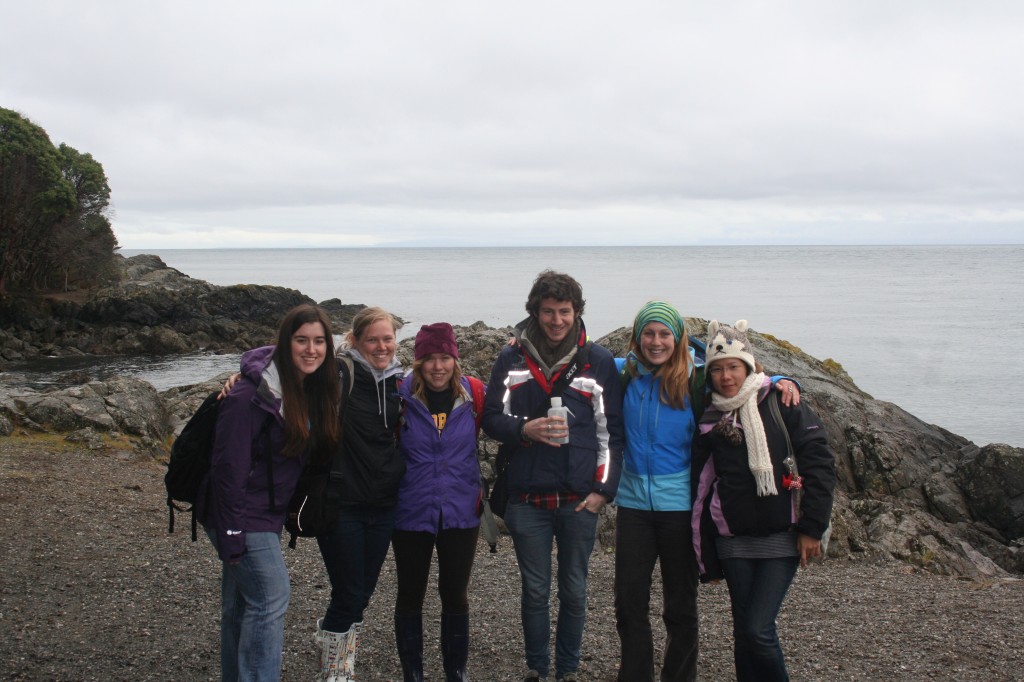Let’s Have a Blast and Remember this Moment for the Rest of Our Lives!
I never thought I would be able to call the sea my home, but after living on a boat for an extended period of time, I can truly call myself a sailor, and a sustainable one at that! The Gato Verde is the only biodiesel electric commercial sailboat in the country, which makes it pretty darned special. It’s considered sustainable because of the myriad of things that keep the cat green, like being able to use the slightest touch of wind to power the boat. When the wind is lacking, the boat simply runs on electric power, and when electric power runs low, the boat is backed by biodiesel.
The electric power of the Gato is provided by heavy, lead acid batteries. These batteries are the same batteries that can be found in cars and their weight adds to the drag on the boat. In order to make the Gato more efficient and sustainable in the future, the type of battery used could be switched to lithium polymer batteries, which are lighter, more abuse tolerant, and could power the boat alone for a full four hours, as opposed to the current two hours that the lead acid batteries provide now. In addition to the battery type change, Captain Todd hopes to yet improve the sustainability of the Gato by converting the current black water system to a grey water system.
While we were out sailing through the Salish Sea, we had to constantly be conscious of our black water system. The black water system on the Gato Verde is the where the human waste is held, home to a unique ecosystem of hazardous pathogens, and it was how we kept our waste from entering the marine environment. We had two holding tanks on the boat, a primary and a secondary. When the primary holding tank was filled, it was pumped into the secondary holding tank and when both tanks were full, it was time to make a trip to pump out. We created a decent pump out rule, as pumping out is not always the most pleasant thing to do. The rule was that whoever did not pump out had to buy ice cream for whoever did pump out. Because of this, pumping out ended up being one of our favorite things to do on the boat! In addition to measuring the amount of waste produced, daily calculations were made of fresh water usage, biodiesel fuel, and power consumed.
When the environment permitted, we used it to maximize our efficiency. A few days out on the Gato allowed us to hoist the mainsail and test our skills at sailing. We used the wind to our advantage and optimized our angle with the wind, maneuvering the boat with the jib sheet by tacking. In addition to the different aspects of sailing, we learned a lot of other valuable information, like how to tie a double sheet bend knot, which is used to tie two lines together. My all time favorite knot was the bowline. I got so good at tying a bowline that at one point, I somehow managed to tie one single handed! Another knot I became very quick at tying, which I think is the most aesthetically pleasing knot of all, is the cleat hitch. The cleat hitch was used every time we docked instead of mooring or anchoring.
There were a number of tasks to accomplish when we anchored for the evening. To start, we lowered the anchor into the water. After the anchor was lowered, a bridle was put on the anchor chain to reduce the tension on it. We observed the angle of the anchor chain each time we anchored to be sure the anchor was secured at the sea floor.
One of my favorite things about sailing was the rare opportunity we had to view the southern resident killer whales from the water. As we approached the end of our voyage, we were all wondering when we would be able to see the greatly anticipated whales. Finally, three days before our trip ended they showed up and stayed in the Salish Sea long enough to be with them on each of our last days on the boat. Our last day, the whales were not very vocal, but they put on quite a show for us at East Point. We were running from port to starboard, shouting out behaviors like crazy! It was amazing to see how much of a mood booster the whales could be.
After a long, arduous, and exhausting week here at the Friday Harbor Labs, we have finally passed the threshold of our looming presentations. I will be sad to say goodbye, and while I know that I will never, ever forget the time I have spent here, it’s always difficult to leave a place where you feel so at home. This truly has been the experience of a lifetime. I have made lifelong friends and learned valuable skills and information that I will be able to use in almost every situation. Congratulations to the Beam Reach 121 class of spring 2012, you’ve done it!







 Twitter
Twitter LinkedIn
LinkedIn Facebook
Facebook